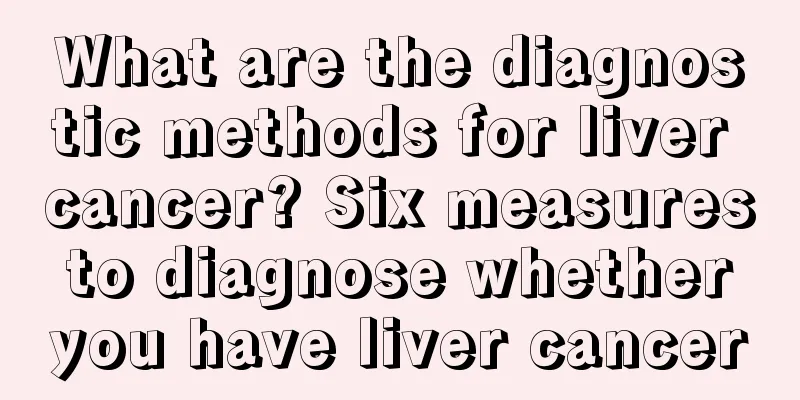Normal value range of non-invasive DNA

|
Every pregnant woman is worried that the non-invasive DNA test will show an abnormal result when doing the non-invasive DNA test. Because non-invasive DNA testing is mainly used to check whether there are any abnormalities in the baby's chromosomes while it is in the mother's womb. If the chromosomes are abnormal, there is a risk of Down syndrome, and the mothers cannot keep the baby in the womb. What is the normal range of non-invasive DNA test results? What is the reference range for non-invasive DNA? Detailed explanation of the target diseases applicable to non-invasive DNA: Trisomy 21, Trisomy 18, and Trisomy 13: Data from clinical trials of NIPT in the United States show that it has high detection sensitivity, specificity, and extremely low false positive rate in the detection of aneuploidy diseases of the three major chromosomes. As early as 2012, the American College of Obstetricians and Gynecologists (ACOG) and the Society for Maternal-Fetal Medicine (SMFM) jointly issued committee guidelines on NIPT, recommending NIPT as an initial screening test for people at high risk of chromosomal aneuploidy. In addition, from a technical perspective, there is no upper limit on the gestational age of NIPT testing. The 26+6 gestational week limit is based on the consideration that if the NIPT test shows a positive result, there will be an appropriate time for prenatal diagnosis to confirm the diagnosis. Applicable population: 1. Pregnant women who are at critical risk of common chromosomal aneuploidy (i.e. 1/1000≤Down syndrome risk value <1/270, 1/1000≤18 trisomy risk value <1/350) as shown by serological screening and imaging examinations. Detailed explanation: Taking our clinical data as an example, among 13,360 pregnant women at critical risk of T21, the T21 positivity rate was 0.48%, which is much higher than the T21 positivity rate in newborns (1/600-1/800). It can be seen that including critical risk people in the NIPT applicable population will have great benefits for pregnant women and will also have positive significance for the prevention and control of birth defects. 2. Patients with contraindications to invasive prenatal diagnosis (threatened abortion, fever, bleeding tendency, unhealed infection, etc.). Detailed explanation: NIPT only requires drawing peripheral blood from pregnant women, so it is not affected by contraindications to invasive prenatal diagnosis. 3. When seeking medical advice, the patient is more than 20+6 weeks pregnant, has missed the best time for serological screening, or has missed the opportunity for routine prenatal diagnosis, but requires a reduction in the risk of trisomy 21, trisomy 18, or trisomy 13. Detailed explanation: The applicable time for NIPT is 12+0-26+6, which has a wider gestational age range than serological screening (12+0-16+6) and amniocentesis (16+0-22+6). Are non-invasive DNA results accurate? According to the guidelines of the National Health and Family Planning Commission, the optimal time for non-invasive DNA testing is from 12 weeks of pregnancy to (22 weeks + 6 days). If the pregnancy time exceeds the upper limit (gestational age > 22 weeks + 6 days), the detection risk increases; if it is too short (gestational age < 12 weeks), it will also affect the accuracy of the screening results. Therefore, most pregnant women choose to do non-invasive DNA prenatal testing at 14-18 weeks of pregnancy. In addition, if the following conditions occur during pregnancy, you can also consider non-invasive DNA prenatal testing: 1. "Down syndrome screening" or imaging screening, such as B-ultrasound during pregnancy, shows abnormalities or increased fetal NT value. 2. It is found that the value of a single indicator has changed. 3. Placenta previa, placenta low lying, oligohydramnios or threatened abortion are no longer suitable for invasive prenatal examinations. 4. Amniocentesis failed. 5. Have psychological barriers to invasive prenatal examinations. Some pregnant women are unclear about the accuracy of non-invasive DNA prenatal testing. So is non-invasive DNA accurate? According to the guidelines issued by the National Health and Family Planning Commission, the accuracy of non-invasive DNA is over 90%. Among them, the detection rates of the three common chromosomal diseases, trisomy 21, trisomy 18, and trisomy 13, are not less than 99%, 97%, and 90%, respectively. The composite false positive rate should be less than or equal to 0.5%; the composite positive predictive value should be greater than or equal to 50%. Is non-invasive DNA accurate in actual application? In view of the limitations of current medical testing technology and individual differences among pregnant women, the regulation also gives suggestions: the results of non-invasive DNA prenatal testing showing low risk are not the final diagnosis, and there is still the possibility of missed detection. Even for pregnant women whose screening results show high risk, the pregnancy should not be terminated hastily, and subsequent invasive prenatal diagnosis can be performed. Interventional prenatal diagnosis includes amniocentesis, cord blood puncture, chorionic villus sampling, etc., which are mainly used to prevent the birth of children with Down syndrome. |
<<: Is it necessary to do non-invasive surgery for twins
>>: The most vulnerable hollow organ in the abdomen is
Recommend
Is small cell lung cancer dangerous?
There are two types of lung cancer: small cell lu...
What should lung cancer patients pay attention to in their diet during radiotherapy? What should you pay attention to in your diet during lung cancer treatment
To treat lung cancer, it is also necessary to cho...
How to Relieve Kidney Stone Pain
If you have kidney stones, you will get tired eas...
What is the production process of beeswax beads?
The beeswax that people often talk about can also...
What are the key points in diagnosing bladder cancer
The occurrence of bladder cancer can cause harm t...
The role of Sanyinjiao, experts introduce the massage health-preserving method of Sanyinjiao
Sanyinjiao is an important acupuncture point for ...
Should I dip toothpaste in water when brushing my teeth
Many people always have a habit of putting water ...
How long does it take to cook soup in an electric casserole
Many people like to make soup, especially people ...
15 foot symptoms that reflect health problems
1. Leg cramps Sudden cramps in the feet may be ca...
The stool is very hard and there is blood in it. What's going on?
If your stool is hard and always accompanied by b...
How to prevent liver cancer in daily life To prevent liver cancer, we advocate three checks and two early detections
About 110,000 people die of liver cancer in my co...
How much does it cost to treat gallbladder cancer
How much does it cost to treat gallbladder cancer...
How to perform breast-conserving surgery for breast cancer
Breast cancer surgery needs to be performed accor...
How to better deal with wound infection
In life, there are always some accidental injurie...
What should I do if I am allergic to hair dye?
Hair dyeing is a hairdressing technique. Loving b...









